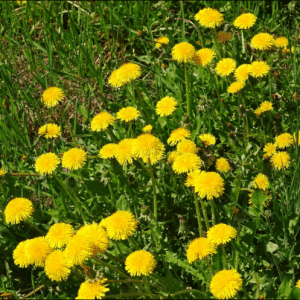
Why Prune Lavender in August? Pruning lavender in August, after its first major bloom, helps maintain its shape, encourages more robust flowering the following year, and prevents the plant from becoming woody and leggy. Proper pruning ensures healthy, dense foliage and prolongs the life of your lavender.

Steps to Prune Lavender Correctly:
- Timing: Aim to prune in late summer, ideally in August, after the first flush of blooms has faded. This timing allows the plant to recover and produce a second, smaller bloom before winter.
- Tools: Use clean, sharp pruners or shears. Sterilize them with rubbing alcohol before use to prevent the spread of disease.
- Identify the Cut Line: Look for the new green growth that has emerged from the base of the plant this season. Avoid cutting into the woody stems, as these don’t regenerate well. The goal is to remove about one-third to one-half of the plant, focusing on the new growth.
- Cutting Technique:
- Shape: Follow the natural mounded shape of the lavender plant. Start by cutting back the top, working your way around the plant evenly.
- Avoid the Woody Base: Never cut into the old, woody growth. Always leave some green, leafy stems to ensure the plant can recover and regrow.
- Light Pruning vs. Hard Pruning: If the plant is still young or has been well-maintained, a light prune (cutting back just the tips) might suffice. For older or overgrown plants, a harder prune may be necessary, but always be cautious not to cut into the woody base.
- Pruning After the Second Bloom: If your lavender produces a second flush of flowers after the August prune, you can perform a lighter prune in early autumn. This will tidy the plant and prepare it for winter, but avoid heavy pruning at this time, as the plant needs some foliage to protect itself during colder months.
Additional Lavender Pruning Tips:
- Annual Maintenance: Make pruning a yearly habit. Regularly pruned lavender plants remain healthier, more productive, and visually appealing.
- Reviving Old Lavender: If your lavender has become too woody, consider taking cuttings to propagate new plants, as very old, woody lavender doesn’t respond well to heavy pruning.

How to Store Lavender:
Once you’ve pruned your lavender, consider preserving it for use in crafts, cooking, or natural remedies. Here’s how:
- Drying: Gather the lavender stems into small bunches and tie them with twine or a rubber band. Hang them upside down in a cool, dark, and dry place with good air circulation. This method preserves the color and fragrance of the flowers.
- Storage: After a few weeks, when the lavender is fully dry, remove the flowers from the stems by gently rubbing them between your hands. Store the dried flowers in an airtight container in a cool, dark place. This will keep them fragrant and potent for up to a year.
- Use: Dried lavender can be used in sachets, potpourri, homemade beauty products, or even as a culinary herb in recipes like lavender cookies or teas.
By following these pruning and storage techniques, you can enjoy lush lavender blooms year after year, as well as make the most of this versatile plant’s fragrant and therapeutic properties







Thank you for your sharing. I am worried that I lack creative ideas. It is your article that makes me full of hope. Thank you. But, I have a question, can you help me?